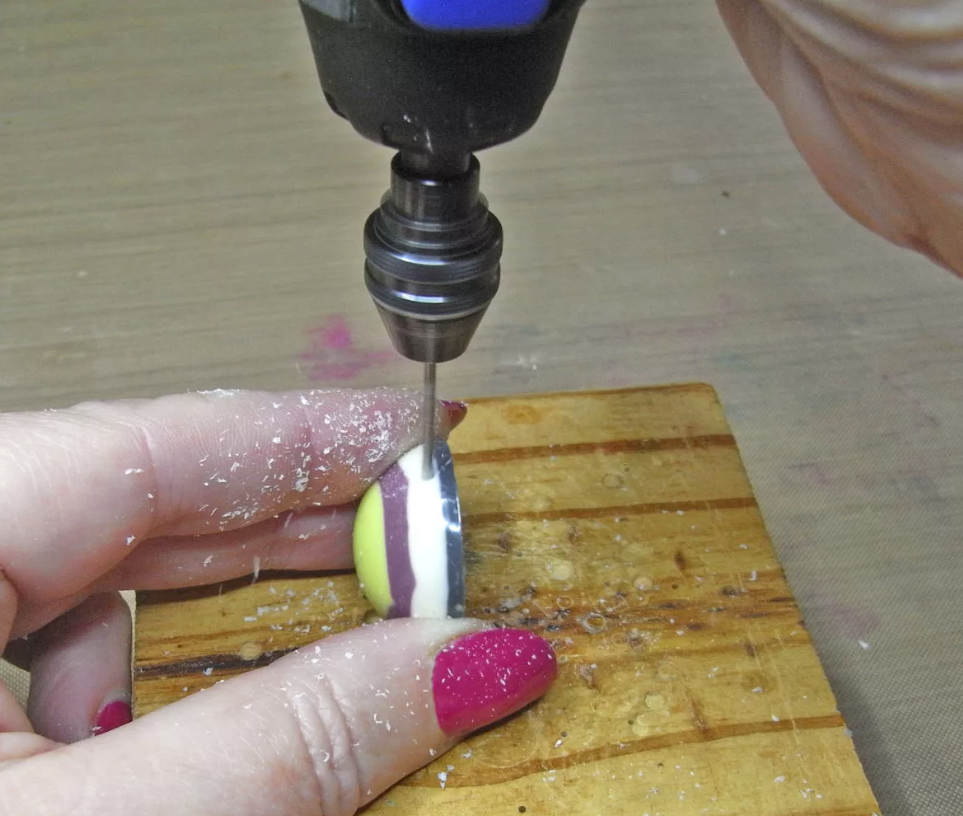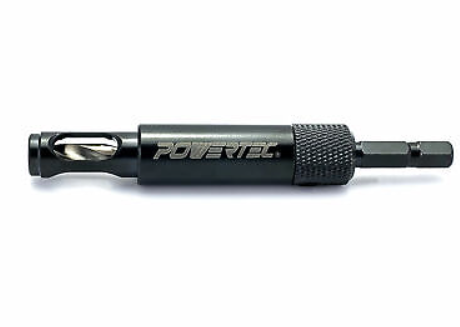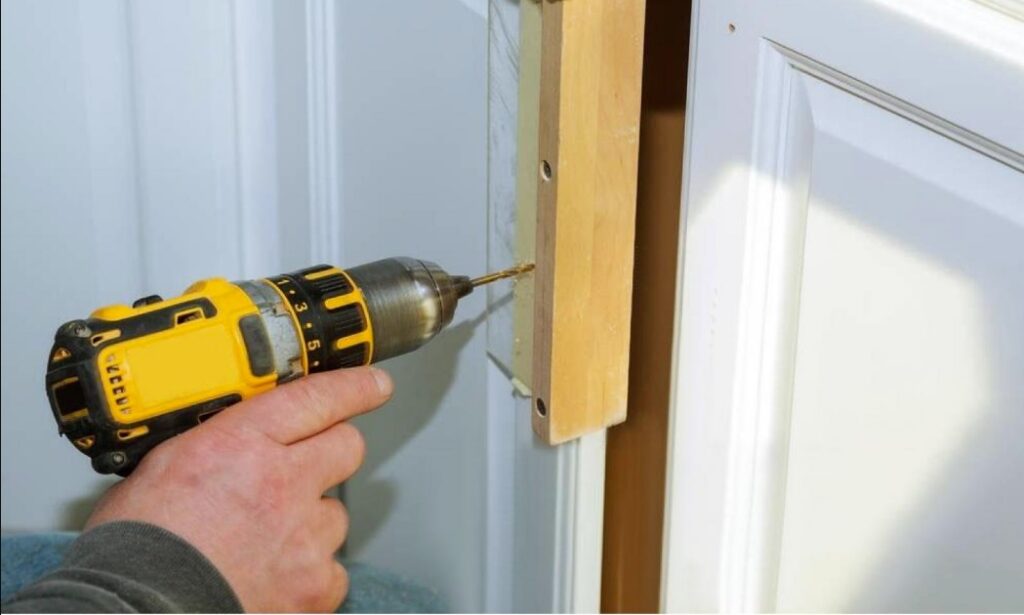
It is achievable to drill a hole in resin without causing it to break if the appropriate tools, procedures, and precautions are utilized. Resin, a synthetic substance that is frequently used in the production of jewelry, crafts, and certain industrial uses, can be fragile and prone to cracking if it is not handled in the appropriate manner. To prevent resin from splitting when you drill a hole in it, here are some helpful hints:
Tips and Tricks to Follow while drilling a hole in Resin
Make Sure You Have the Appropriate Drill Bit: – Make sure you use a drill bit that is intended specifically for drilling into plastic or other soft materials. The use of drill bits with carbide tips or diamond coatings is appropriate for drilling into resin since these types of drill bits offer a smooth and precise cut without causing any harm.
Make a Mark on the Drilling Spot: Make a mark on the precise location where you want to drill the hole by using a pencil or a marked marker. Ensure that the location is accurate by performing a second check.
Secure the Resin : To ensure that the resin does not move when drilling, it is necessary to either secure it by placing it on a sturdy surface or by clamping it securely. Cracking will be avoided and stability will be maintained as a result of this.
Start with a Pilot Hole: To reduce the likelihood of cracking, begin by drilling a small pilot hole with a drill bit that is somewhat smaller than the size of the hole that you want to create. In this way, the larger drill bit will be guided more effectively, and the resin will be protected from cracking under pressure.
Adjust Your Drill to a Low Speed and use moderate Pressure: When drilling into the resin, make sure to adjust your drill to a low speed setting and use pressure that is moderate and constant. To prevent the resin from cracking or chipping, it is important to avoid applying an excessive amount of power.
Cooling and Lubrication : During the drilling process, it is recommended to make use of a coolant or lubricant in order to minimize the accumulation of heat and the amount of friction that occurs. With the help of water or cutting oil, heat can be dissipated and the drill bit can be lubricated, which will result in a smoother drilling process and help reduce the likelihood of cracking.
Short Burst Drilling: Instead of drilling continuously, drill in short bursts to avoid overheating the resin and to reduce the amount of stress that is placed on it. At regular intervals, pause the process to let the glue and the drill bit to cool down.
Clean the Hole : After drilling, clean the hole by using a soft brush or compressed air to remove any debris or residue that may have been left behind in the hole due to the drilling process. The result will be a finish that is spotless and effortless.
If you follow these guidelines and make use of the appropriate tools and methods, you will be able to drill a hole in resin without causing it to split. During the entire process of drilling, it is important to keep in mind that you should take your time, apply light pressure, and put safety first.



